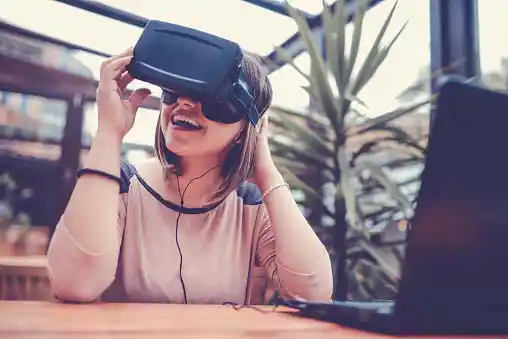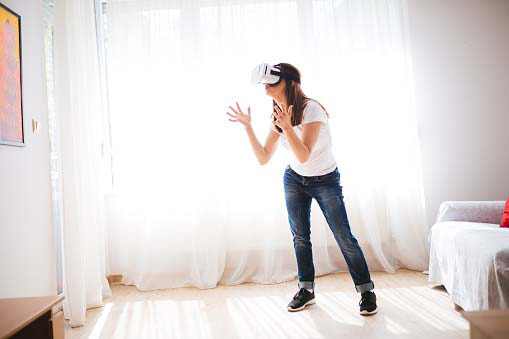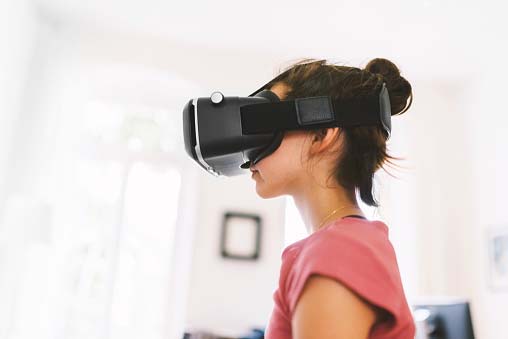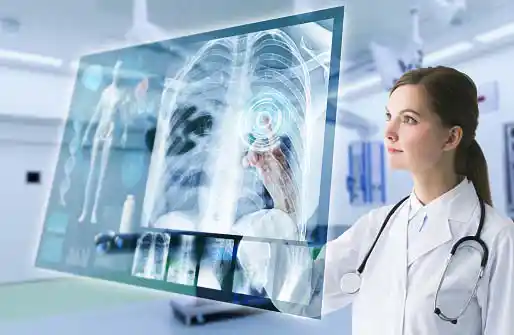3 Cutting Edge Applications Of Virtual Reality In Medical Science
Are you scared of heights? What about needles, injections, or getting prepared for a major surgery? Doesn’t sound pleasant, right? This is where Virtual Reality (VR) is helping the medical world.
What is Virtual Reality?

Virtual reality, as the name suggests, is ‘near-reality’. Used exclusively in gaming, VR involves an interactive computer-generated simulation of images that can be viewed with the help of a VR gear or a headset.
In the medical domain, VR is broadly being used in:
- Treatment of phobias, post-traumatic stress disorder (PTSD), phantom limb pain (missing limb pain)
- Radiotherapy
- Pain management
- Computer-assisted surgery
- Easing up the anxiety of patients before a surgery
- Speeding up the recovery of stroke patients
- Telemedicine
- Education
Here are the 3 major applications of virtual reality currently being used in medical science:
#1 Knocking down phobias

Many psychiatrists and therapists around the globe are helping people overcome their fears with the help of VR.
Psious Toolsuite is a professional tool that helps mental health professionals cure people suffering from phobias, such as acrophobia (fear of heights), arachnophobia (fear of spiders), glossophobia (fear of public speaking), and social anxiety.
During VR therapy, the medical practitioners are in complete control of the VR suite, while the patient receives his/ her therapy through 360-degree experience. For instance, a person who has a fear of heights might be exposed to virtual heights with the help of a 360-degree video through the VR headset. The aim is to help the patient overcome their fear and face real-life situations.
#2 Improving hospitalization experience

“Janice is 5. She is being taken to the operation theatre for an appendectomy. She is panicked by the environment around her – masked doctors, huge machines, needles, parents not being around, and a totally unfamiliar room”. Virtual reality can change unpleasant experiences that not only children but even adults face in a situation like this.
With the help of VR, the patient may be transported into a beautiful world of flowers, mountains, and rivers. He/she can watch their favorite cartoon, or could virtually visit their dream destination, while the doctor performs surgery. Patients barely notice the scalpel, blood, or stitches when they are engrossed into watching something delightful.
#3 Promoting faster stroke recovery

It takes a long time for a person to recover from a stroke or a major brain injury. The earlier the recovery, the higher are the chances of regaining bodily functions. VR is now helping stroke survivors to recuperate at a faster pace. MindMotionPro is a VR program that allows patients to practice lifting their arms or moving their fingers.
The program motivates the patients to perform movements even when they can’t do it for real. Multiple trials to move their hands may result in disappointment, but the mental effort is huge. They try to train their brain, giving it some exercise. This results in faster recovery of their traumatized nervous system.
For any query related to phobias and stress, consult a Psychologist at www.healthcaremagic.com
Ask a Specialist
Recent Questions
Recent Discussions


